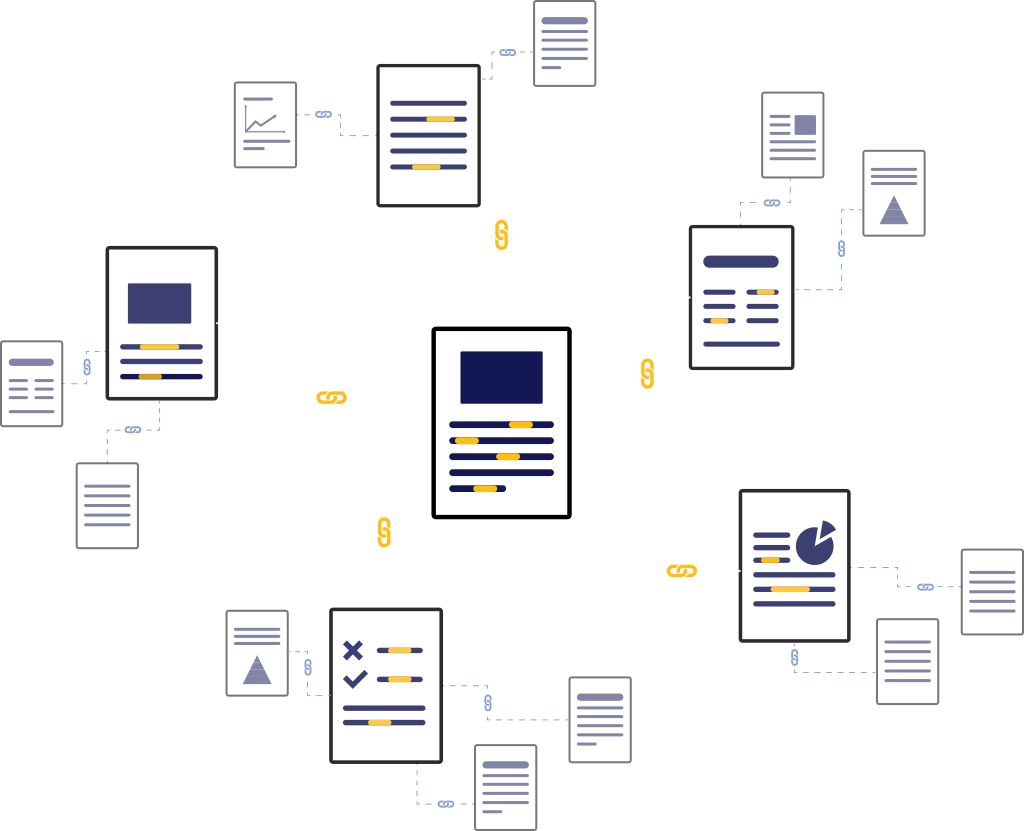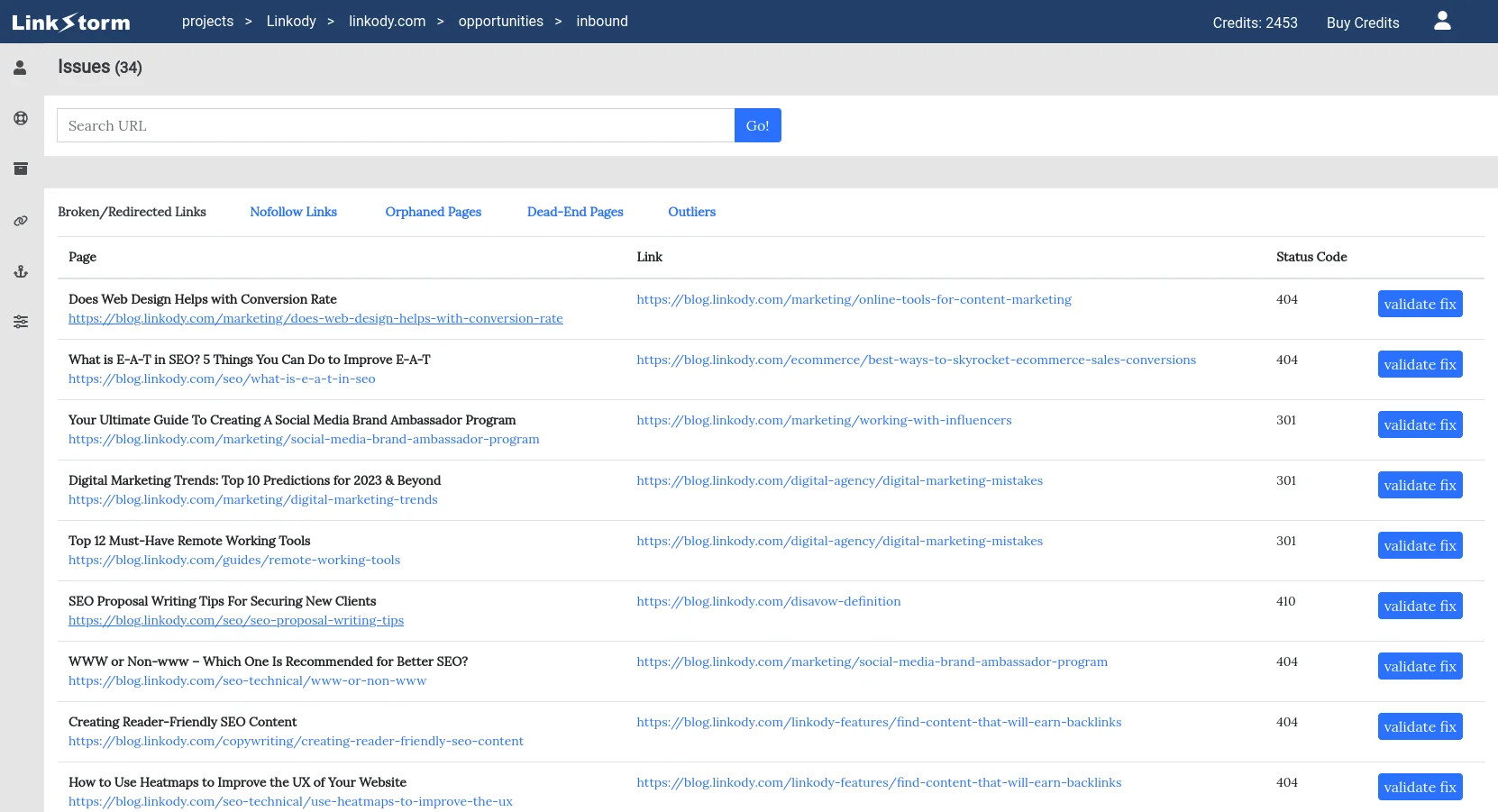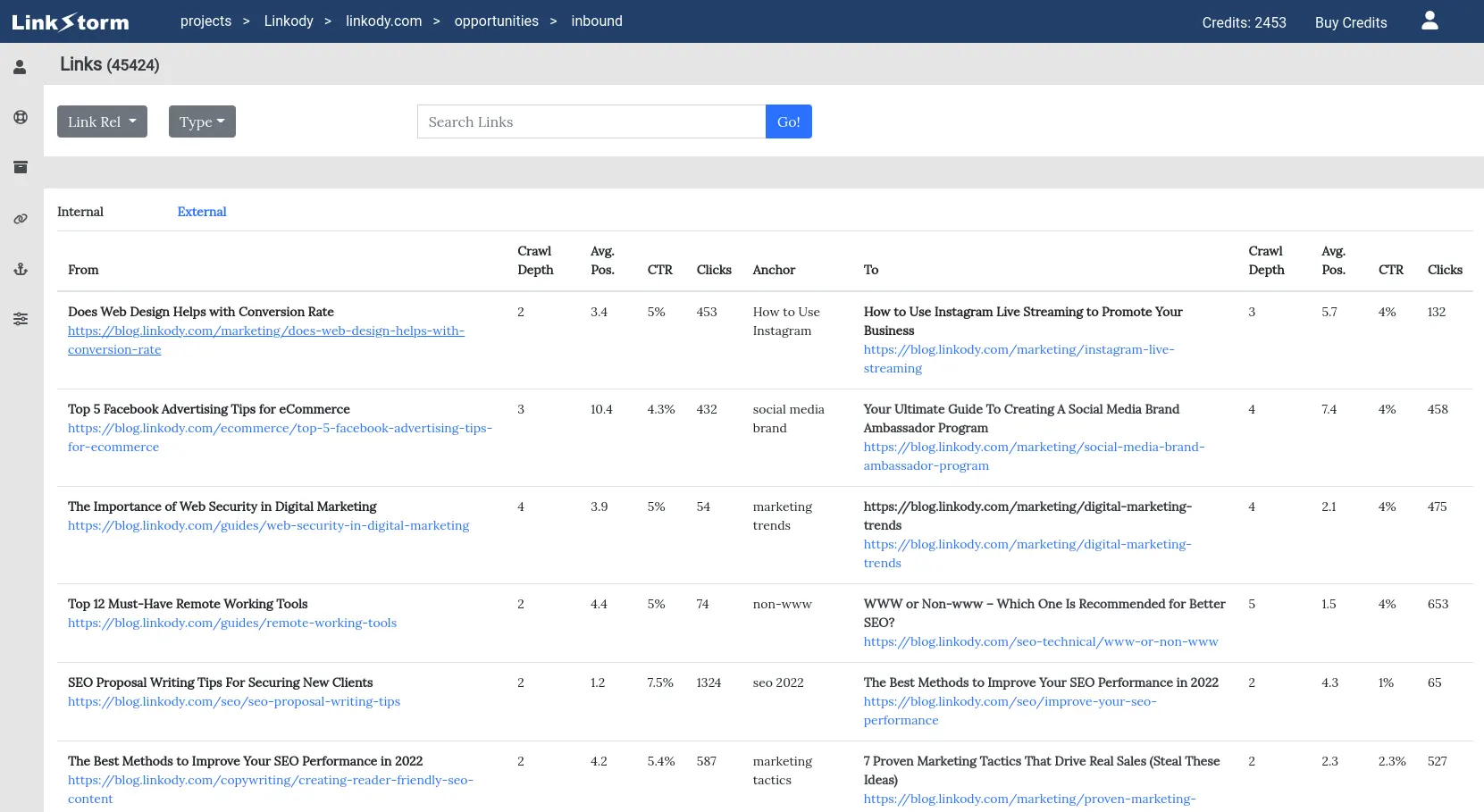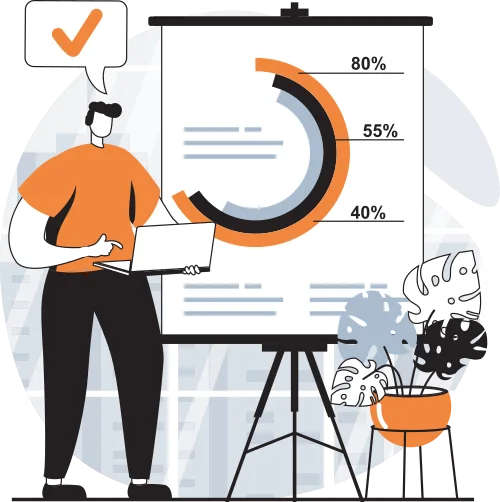The
internal linking
tool
for
SEOs
and
publishers
LinkStorm takes the pain out of
creating internal links and fixing link issues

Try it with your website!
How can LinkStorm help you?
Get a complete picture of your internal linking
LinkStorm crawls your pages and analyzes their content to help you adjust your website's internal linking.
Find new internal link opportunities
LinkStorm leverages cutting-edge AI to recommend relevant internal links across your pages.".
Fix internal link issues
LinkStorm helps you fix internal links issue like broken links and nofollow attributes.
Optimize your internal link anchors
As your site grows, LinkStorm helps you keep track of the anchors used in your internal linking.
Solomon Thimothy - Co-founder Clickx
Find new internal link opportunities
Maintaining good internal linking becomes more complex as content grows. Finding old pages to link from your new content and vice versa is time-consuming. LinkStorm saves you time and effort by suggesting new relevant internal links to add between all your pages.

Fix internal link issues
Keeping your website's internal links in check is essential, but can be a serious challenge without a reliable tool. Links break all the time for many reasons: content updates, page deletions, or technical errors. LinkStorm helps you find and fix all internal link issues: broken links, infinite redirections, orphan pages, dead-end pages…

Audit your site's linking
LinkStorm crawls your pages and analyzes their content to produce a comprehensive report on your site’s linking. With a complete picture of your internal links, LinkStorm helps you adjust your website's linking to maximize your site's performance.


We're already using their other SEO tools, Linkody and IndexCheckr, so we're very excited about LinkStorm's launch.
Milosz Krasiński
Growth and Digital Strategist

LinkStorm integrates with Google Search Console
LinkStorm displays Google Search Console traffic data side by side with your internal links data. This offers invaluable insight to optimize the important pages of your site.
LinkStorm works with any website
LinkStorm is platform-agnostic. It gathers all the data it needs by crawling and analyzing your website. You don’t need to install any plugins. Just sign up and let our tool do all the work for you.

Get a complete picture of your internal linking.
Build relevant links. Fix internal link issues.
Try it with your website!